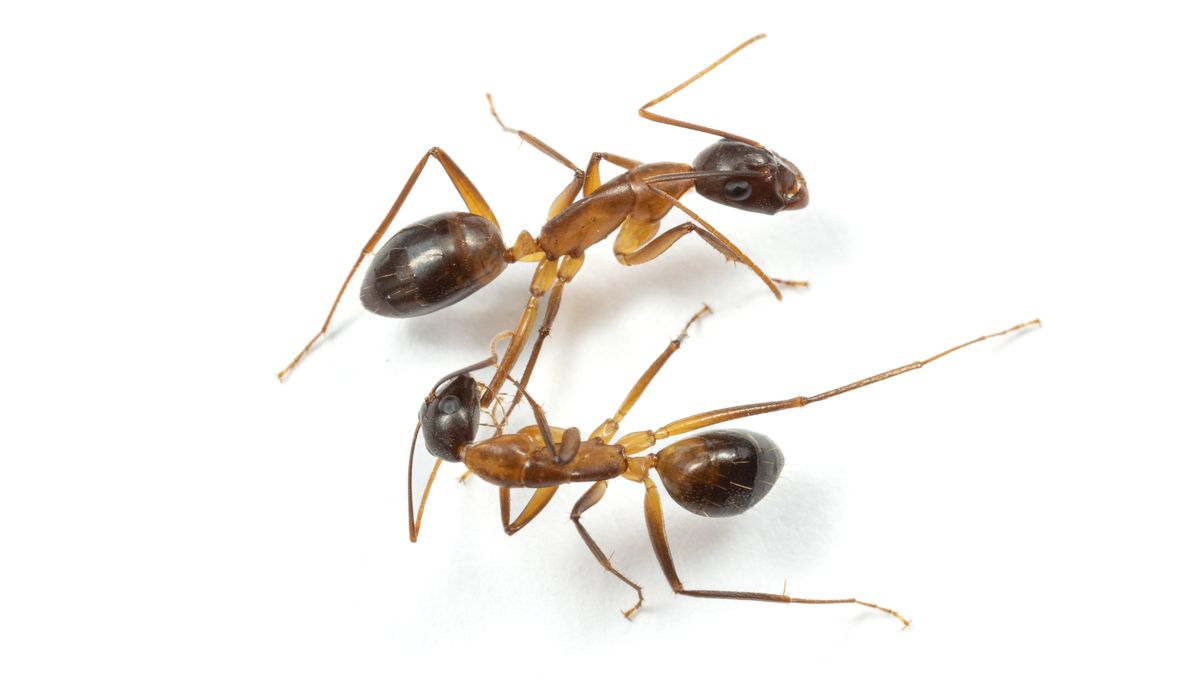Ants are pretty remarkable creatures. From navigating the Earth’s magnetic field to spraying acid at their enemies, these tiny colonies are capable of great things, both as a unit and on an individual level. Now, new research has discovered that ants can even perform surgery, amputating their friends’ limbs and saving their lives.
Florida carpenter ants (Camponotus floridanus) treat other ants with leg injuries by first assessing the wound, cleaning it, and then deciding whether amputation is necessary. The same researchers who made this discovery had previously discovered that another ant species can treat wounds with antibiotics in their saliva; however, Florida carpenter ants do not have the same gland as the other species, and so their treatment is entirely mechanical.
“In terms of amputation behavior, this is literally the only case in the animal kingdom where a sophisticated and systematic amputation of an individual by another member of its species occurs,” lead author Erik Frank, a behavioral ecologist at the University of Würzburg, said in a statement.
The team found that the ants assessed the injury and either simply cleaned the wound or cleaned the wound followed by a complete amputation, which could take up to 40 minutes. In the study, injuries to the femur (upper leg) were always cleaned and then amputated, while injuries to the tibia (lower leg) were only cleaned and never amputated. Furthermore, the survival rate of ants with both injuries was remarkably high.
“With femoral injuries, where they always amputate the leg, the success rate was about 90% or 95%. And with the tibia, where they don’t amputate, the survival rate was still about 75%,” Frank said.
It was suspected that the decision to clean or amputate the leg could be based on the risk of infection. Using a micro-CT scanner, the team discovered that the femur has a lot of muscle and can pump blood or hemolymph to the rest of the body. In contrast, the tibia has very little muscle and is much less involved in blood flow.
“In tibial injuries, the flow of hemolymph was less obstructed, meaning that bacteria could enter the body more quickly. Whereas in femur injuries, the speed of blood circulation in the leg was slowed,” Frank explained.
Because blood flow in the thigh was slowed by the injury, the ants could spend the extra time needed to remove the limb without risking spreading the infection. But with injuries to the shin, the faster blood flow means there isn’t enough time for amputation without spreading the infection, so they do more cleaning instead.
“Because they cannot cut the leg quickly enough to prevent the spread of harmful bacteria, ants try to limit the chance of a deadly infection by spending more time cleaning the shin wound,” said lead author and evolutionary biologist Laurent Keller of the University of Lausanne.
This remarkable behavior shows that these Florida carpenter ants can find the location of their nestmates’ wounds and tailor their treatment based on the location, increasing the wounded ant’s chance of survival. The team believes this is the first case of a non-human animal performing amputations in this way.
“The fact that ants can diagnose a wound, see if it’s infected or sterile, and treat it accordingly with other individuals for a long time — the only medical system that can compete with that is the human system,” Frank said.
The research was published in Current Biology.
